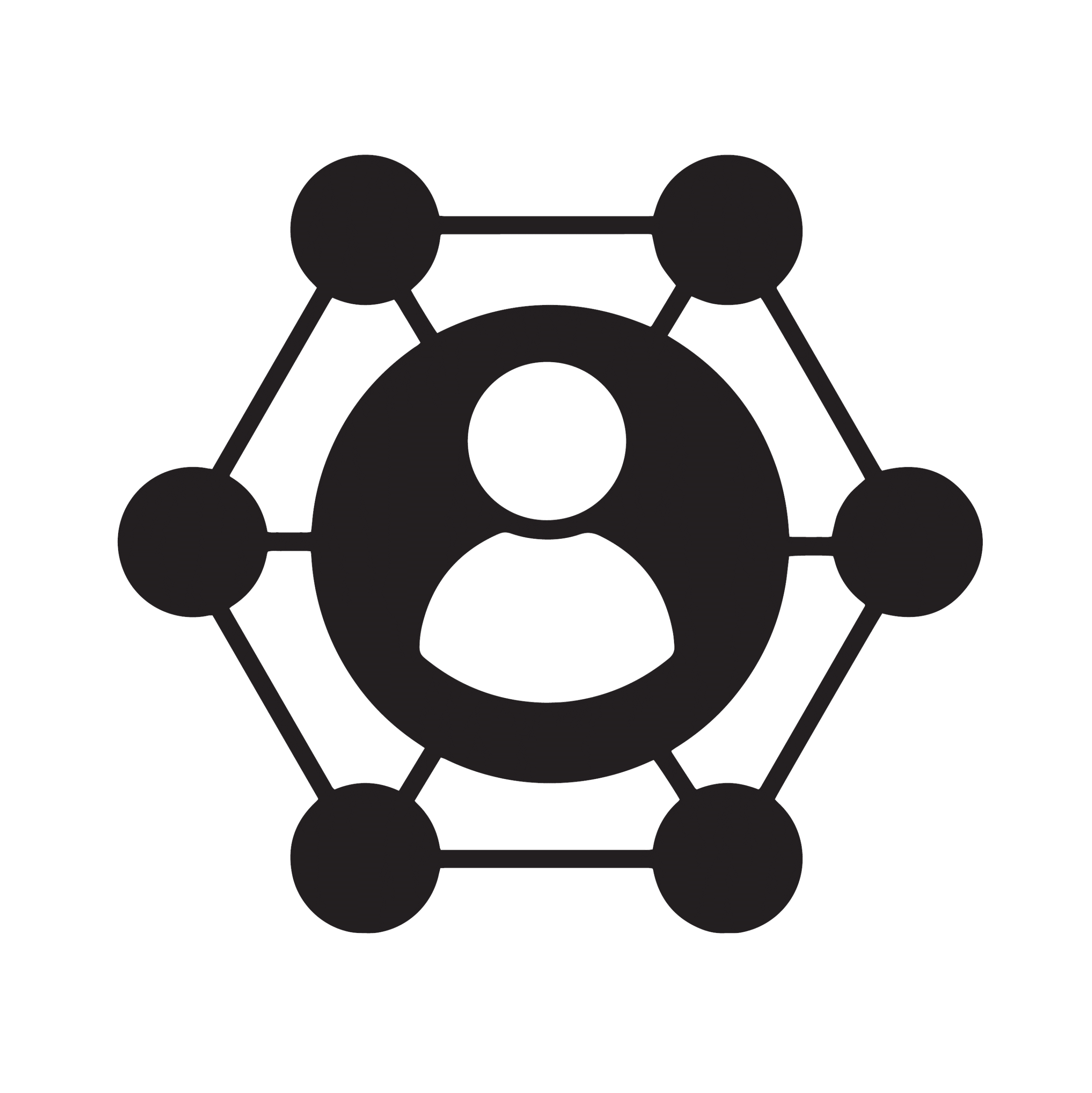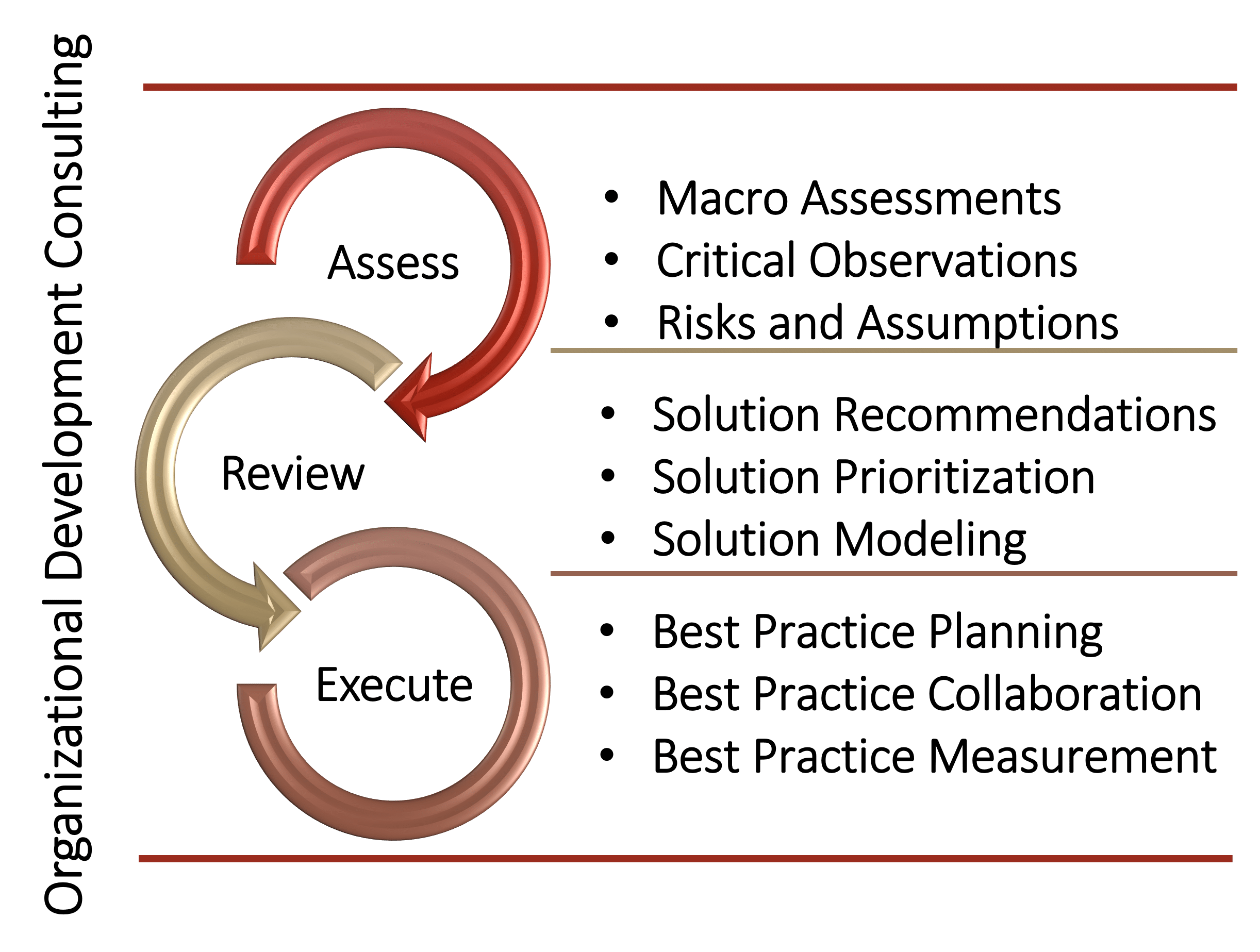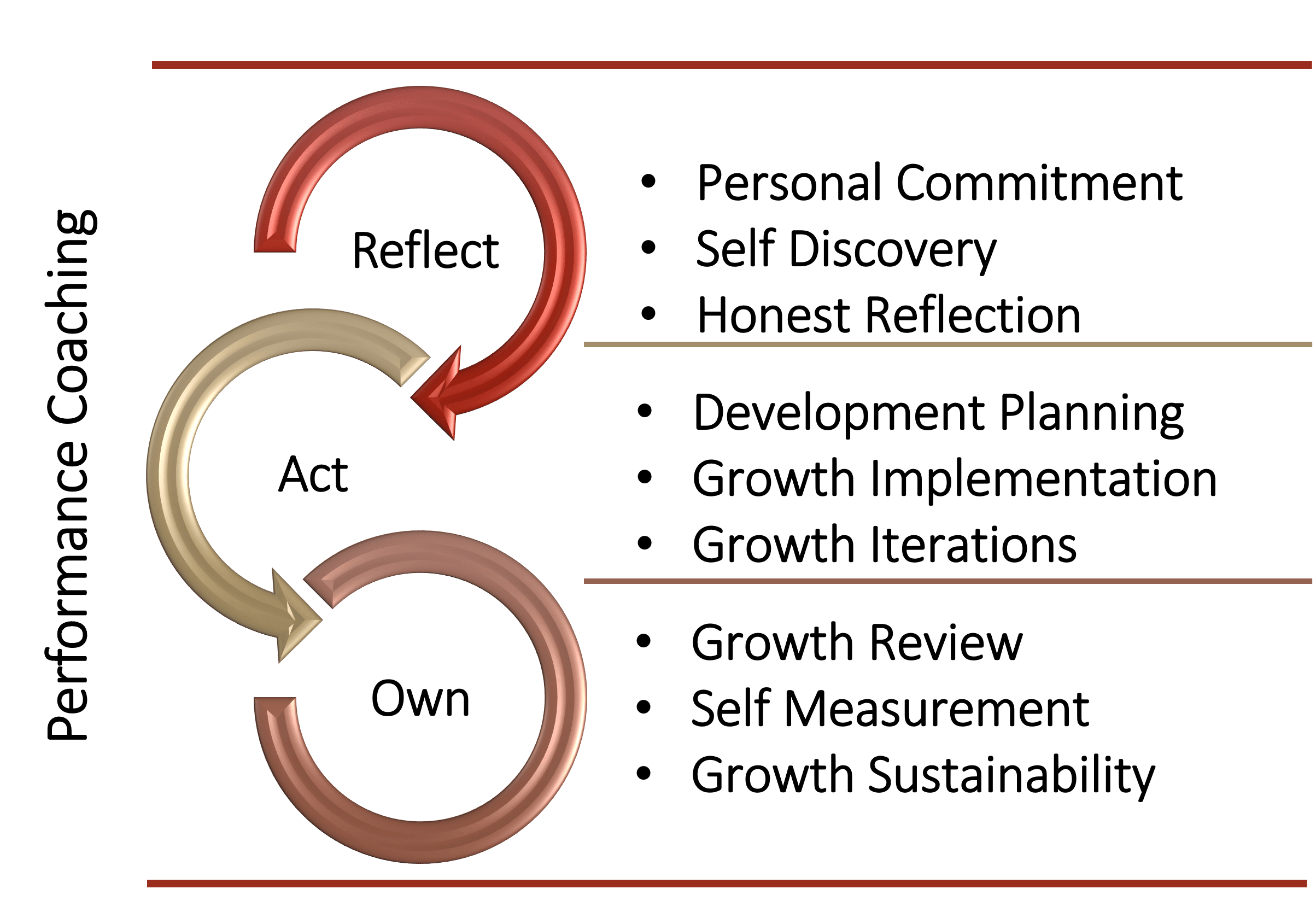Innovation Framework Design
In this solution briefing we outline how a client benefited from an Innovation Framework Design effort that helped promote idea generation.
AMS Briefing Code: 702
Briefing Description
The client C-suite team felt the regional CMO’s could expand the reach of the organization by being more “in-tune” with the strategic objectives of the company. This project was presented to us as a “learning event” yet over time it took on a wider scope with meeting interventions, idea generation sessions, and facilitated “thinking” groups. All of these actions led to an obvious need to define and then articulate actions around innovation within the strategic objectives of the firm.
Client
The client is a multi-national insurer, wealth management and financial advisor with a significantly diverse and geographically leadership team and customer base.
Challenge
Help the CMOs think about marketing initiative “manifestation” through the filters of culture, demographic, generation and product mix. The teams had varied levels of agendas and with some steadfast old school vs. new wave thinkers in the group, we needed to use “conflict” as a positive influence on the process. Ultimately, the cohort needed to enhance the way they collaborated and thought about innovation within each vertical of their sphere of influence.
Solution
We designed a sub-set to the CMO team that spanned a wider cross-functional gap, thus pairing CMOs that had never collaborated. The first sessions were structured to “educate” each of them on the others region. Then, we created a strategically aligned marketing plan with definitions, goals and risks & assumptions. Once this data collection process was complete, we litmus tested it all within a SWOT analysis exercise. The results between the “cross-functional” groups varied widely from the “old-school” groups and illuminated without any doubt that more diversity and transparency was needed to generate the results the firm needed from the marketing effort. Through this analysis we were able to guide the teams toward new ideas, shared vision and better macro alignment. This was accomplished by building a culture of innovation and then cultivating thought leadership, idea generation, and thinking modes to baseline as the norm across the group.
In a dynamic landscape where marketing initiatives constantly evolve, it’s essential for Chief Marketing Officers (CMOs) to approach their strategies with a fresh perspective. To achieve this, we introduced an innovation framework that considers various dimensions, including culture, demographics, generational nuances, and product mix. Here’s how we navigated the challenge:
-
Contextual Filters:
- Culture: We encouraged CMOs to view marketing initiatives through the lens of cultural context. Understanding cultural nuances allows for more effective messaging and resonates with diverse audiences.
- Demographics: By segmenting their target audience based on demographics (such as age, gender, location), CMOs could tailor their campaigns and offerings accordingly.
- Generations: Recognizing that different generations respond differently to marketing, we urged CMOs to adapt their strategies. For instance, Gen Z might prefer social media engagement, while Baby Boomers might value traditional channels.
- Product Mix: Considering the portfolio of products or services, CMOs could align marketing efforts strategically. Each product may require a distinct approach.
-
Navigating Agendas:
- The CMO teams had varying agendas, with some advocating for traditional methods and others championing innovative approaches. Rather than viewing this diversity as a hindrance, we leveraged it as an asset.
- Conflict as a Catalyst: We intentionally fostered healthy conflict. By encouraging respectful debates, we harnessed opposing viewpoints to fuel creativity. The clash of ideas sparked innovative solutions.
- Balancing Perspectives: Old-school thinkers brought stability and experience, while new-wave thinkers injected fresh ideas. The challenge was to find synergy between these contrasting viewpoints.
-
Collaboration and Vertical Thinking:
- Cohort Collaboration: We emphasized collaboration within the cohort. Cross-functional teams shared insights, challenged assumptions, and co-created strategies.
- Vertical Innovation: Each vertical (e.g., product, channel, market segment) needed its own innovative approach. CMOs explored disruptive ideas specific to their domain.
- Breaking Silos: By breaking down silos, the cohort could collectively elevate their marketing game. Collaboration across functions and departments led to holistic solutions.
Benefits
In summary, our innovation framework empowered CMOs to think beyond the status quo, embrace conflict constructively, and collaborate effectively. As they navigated the intersection of culture, demographics, generations, and product mix, they discovered new avenues for impactful marketing initiatives.
The above solution resulted in:
- Higher moral within all of the CMO regions at the sub-team level.
- More overt collaboration between CMO regions resulting in innovation and creativity.
- An observation of skills gaps within the CMO group that needed training solutions.
- Less marketing campaigns and spend with higher impact due to “thinking” before design/build/launch.
- Development of a CMO peer review process.
- Development of a CMO “seat at the table” program to rotate CMOs through the C-suite meetings.
- A CMO strategic planning template that was driven by and inclusive of, innovation at its core.
Client-Centric Engagement Models
By leveraging our collaborative engagement models, we partner with our clients to understand their unique needs through formal data collection, rigorous gap analysis, and solution customization. This methodical approach leads to high-impact solutions, rendering “leave behind” value that our clients measure in sustainable performance improvement. Watch a brief video describing the model. Learn More>>




Join the ranks of leading organizations that have partnered with AMS to drive innovation, improve performance, and achieve sustainable success. Let’s transform together, your journey to excellence starts here.
